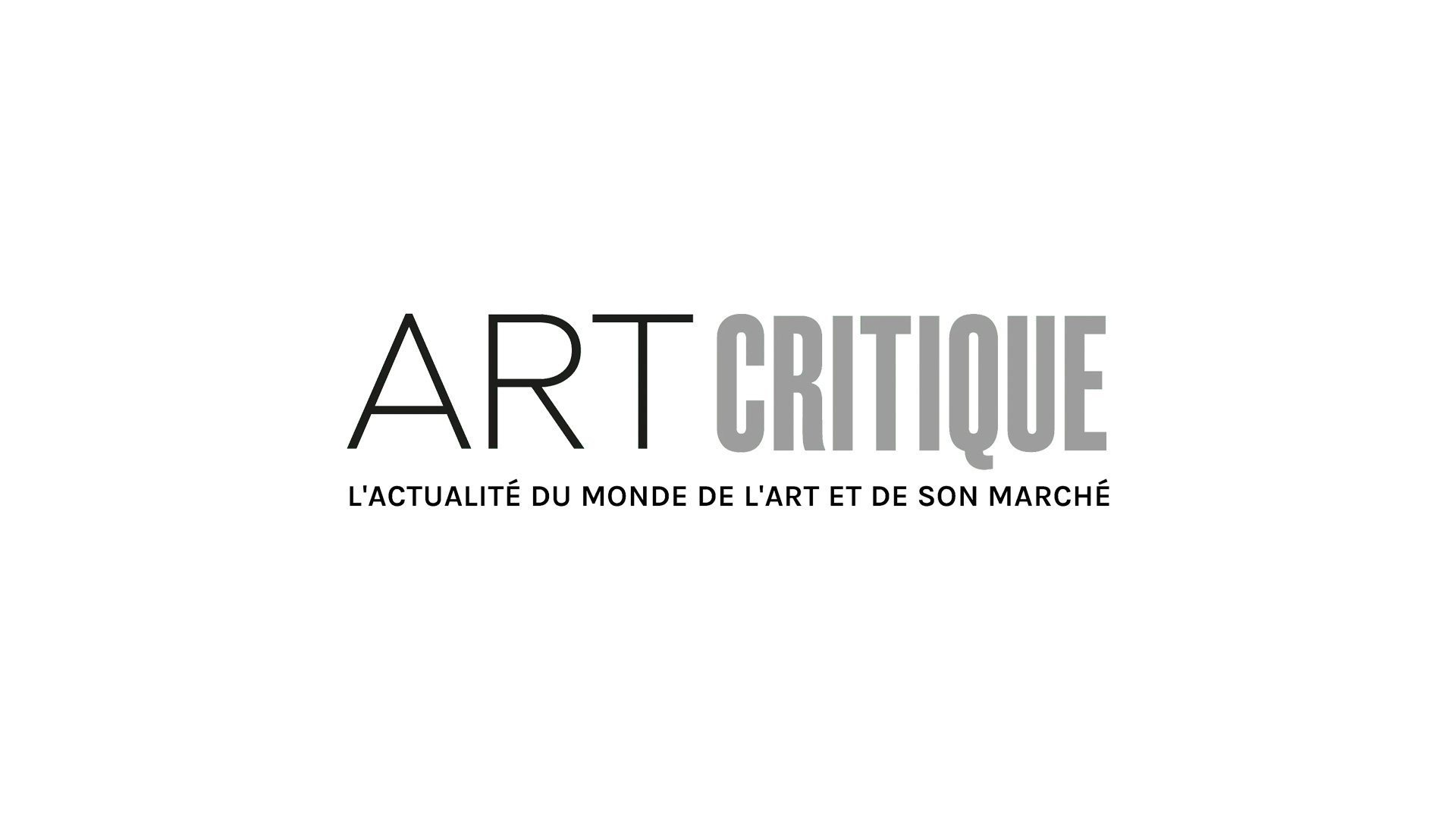The art market of the days before the pandemic is bound to look starkly different to the art market following these uncertain times. The COVID-19 pandemic has forced many to adjust their focus and realign with a new normal that remains in flux. One of the biggest signs that the pandemic has changed the art world is a new art market platform launched yesterday by Sotheby’s.
As a number of galleries have amped up their online presence, the auction house has begun an initiative called the Sotheby’s Gallery Network. Headed by Saara Pritchard, a senior specialist of contemporary art at Sotheby’s, the online platform is kicking off in partnership with eight New York galleries: Gavin Brown’s enterprise; Jack Shainman Gallery; Kasmin Gallery; Lehmann Maupin; Luhring Augustine; Petzel Gallery; Sperone Westwater; and Van Doren Waxter.
The way the network will work is that galleries will have bespoke online viewing rooms that will be updated weekly to reflect new artworks that are available. Artworks that are listed at $150,000 or less can be bought instantly through Sotheby’s using their Gallery Network but galleries have the freedom to list artworks at higher prices if they would like to. In situations where an artwork is over $150,000, interested parties will be directed Sotheby’s for information regarding pricing.
For their part, Sotheby’s will receive a flat commission from participating galleries that sale works through the platform. Though individual galleries will be able to advertise works available on the Sotheby’s Gallery Network through sources outside of the auction house, all sales must go through the auction house.
“Without organizing exhibitions and no art fairs, [galleries] have no way to drive new visitors. [Sotheby’s] already have the e-commerce platform and ability to do sales,” said Pritchard of the “crippling” situation of the world. “The art world is not isolated,” said Carla Camacho, partner at Lehmann Maupin to Artnet News. “It is a delicate ecosystem. With COVID-19, we are witness to an unprecedented moment that demands creative solutions in order for businesses both small and big to survive. It’s time to experiment, to let your guard down, to reach out and help others, and to work together.”
The move is one of many that art dealers are making to stay afloat as lockdowns have brought the art market to a near halt. At the end of last month, Oliver Miro, son of famed dealer Victoria Miro, launched Vortic, an XR app that utilises both AR and VR experiences to allow galleries to bring exhibitions to interested parties. Around the same time, David Zwirner announced plans for Platform: New York, a viewing platform presented by the mega-gallery that would support independent New York City galleries.
“The greatest innovations and best partnerships come out of challenging times,” continued Pritchard, and perhaps the art market and the world around it are adjusting positively in ways that will outlive the pandemic.





